Affiliate links on Android Authority may earn us a commission. Learn more.
Don't lose sleep worrying about blue light
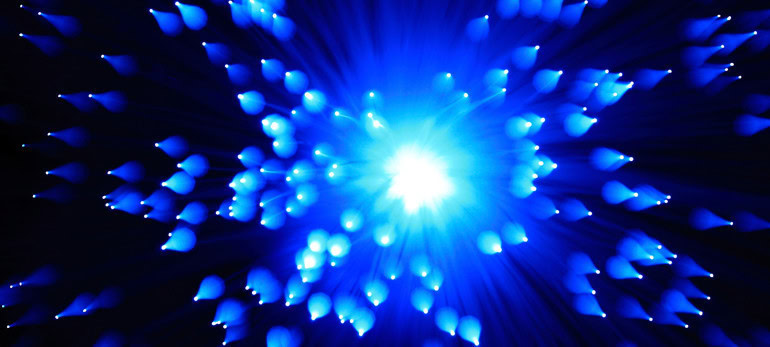
Unless you’ve been living completely off the grid and away from the joys of the internet for years (if you have, welcome back. Just to bring you up to speed, the Cubs didn’t repeat), you’ve no doubt been bombarded by stories of the awful dangers of blue light. Especially the blue light that comes out of all those little pieces of tech we so adore.
Apparently, all this blue light can make you lose sleep, lose hair, lose your cool, and experience uneven tire wear, as well as raft of far worse problems. Seriously though, some scaremongering sites claim that blue light can cause retinal damage and increase your risk of cancer and heart disease. It’s almost enough to make you throw your smartphone, laptop, and TV into the nearest dumpster and commit to becoming the next Jedediah Smith.
But is there really anything to worry about here? As with most things, the answer is yes and no — it’s complicated.
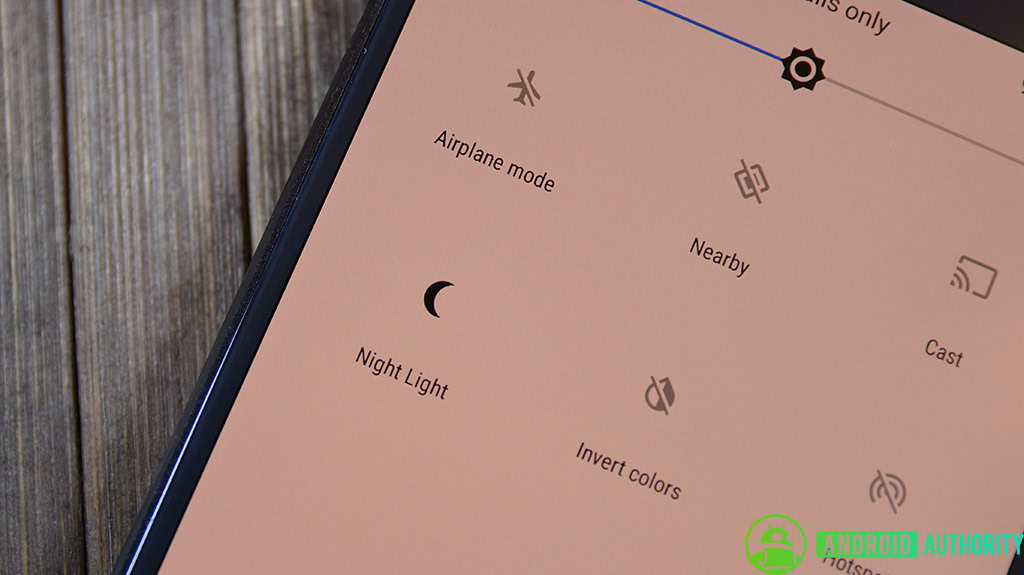
Ultimately, most of the articles on the subject point back to some studies done a couple of years ago by researchers at Harvard Medical School. This paper drew a link between nighttime “blue light” exposure and interruptions to peoples’ circadian rhythms, which basically govern our sleep cycles and the related aspects of our day/night existence. That’s where the scarier claims come from. The researchers never claimed exposure to blue light directly caused cancer, heart disease, or any of the other terrible things, but messing around with the body’s circadian rhythms can increase your chances of all of these ailments.
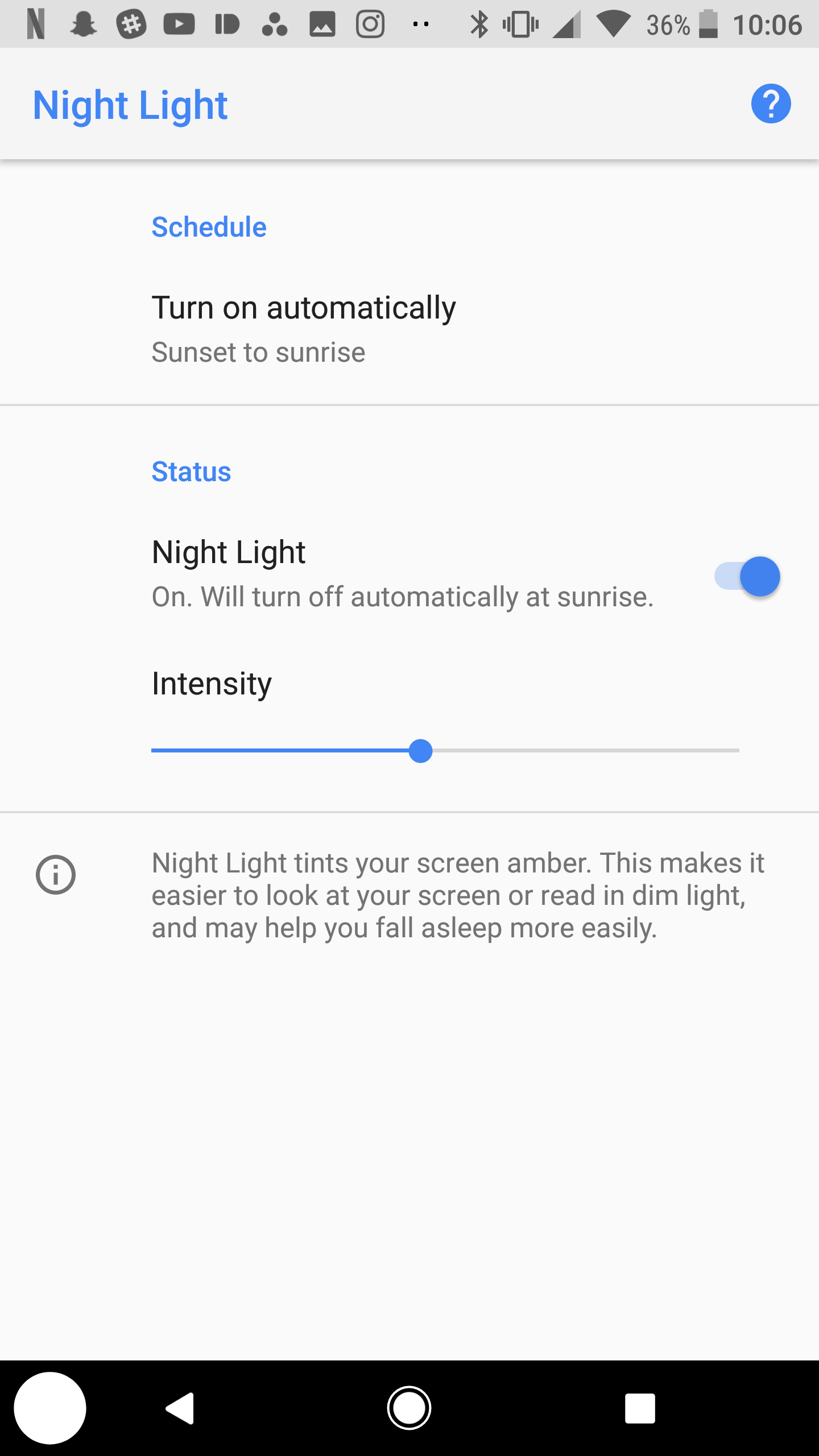
In other words, all the blue light itself can do is upset those rhythms (and then only if the exposure comes at night). It’s the long-term alteration of your body’s natural cycles — which can be caused by a number of things in addition to blue light exposure — that is the real problem.
So no, exposure to blue light is not a health hazard, and it’s especially not true that our tech toys are particular dangers. If exposure to blue light alone was hazardous, you’d be at great risk just by being outside during the day; natural sunlight, of course, contains its share of the blue wavelengths, and in a much higher intensity than any phone or TV at that.
If exposure to blue light alone was hazardous, you'd be at great risk just by being outside during the day.
But what’s different about blue light exposure at night? In addition to rod and cone cells, our eyes have a third type of photoreceptor cell: the intrinsically photoreceptive retinal ganglion cell (ipRGCs). These ipRGCs are particularly sensitive to blue light and are basically there to help the brain regulate circadian rhythms, control the release of melatonin (a hormone responsible for the regulation of sleep cycles), and even control the response of the pupils to light.
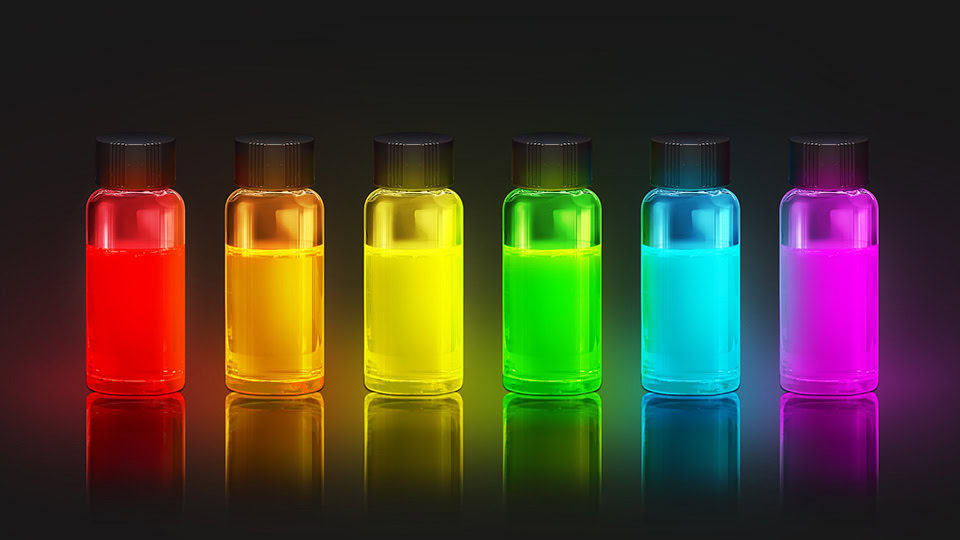
This shouldn’t be all that surprising. In the evolutionary history of the human species, the development of artificial light sources is a very, very recent thing. Before Thomas Edison, if you were seeing things by sunlight (rich in blue light), it was obviously daytime. After the sun went down, the only decent light source we had was fire — for most of that time, the light of the tribe’s campfires and torches, and only much later candles and oil lamps. But all of these sources lack significant blue wavelengths. Even Edison’s incandescent bulbs were a good deal “redder” than daylight.
We evolved with systems that associated blue light with daytime, and a lack of blue light with night
We evolved with systems that associated blue light with daytime, and a lack of blue light with night, so this became one of the primary means our bodies have of setting their internal “clocks.”
In the last few decades we’ve started to change that. Fluorescent lighting relies on UV light, exciting a “white” phosphor, a mix of chemicals which emit blue and yellow light to give the perception of white. Fluorescents never became popular for home lighting, especially in areas we frequent at night, but LEDs did. Like fluorescent tubes, “white” LEDs have considerable blue content in their output spectrum, as a combination of a blue LED with a yellow phosphor coating.
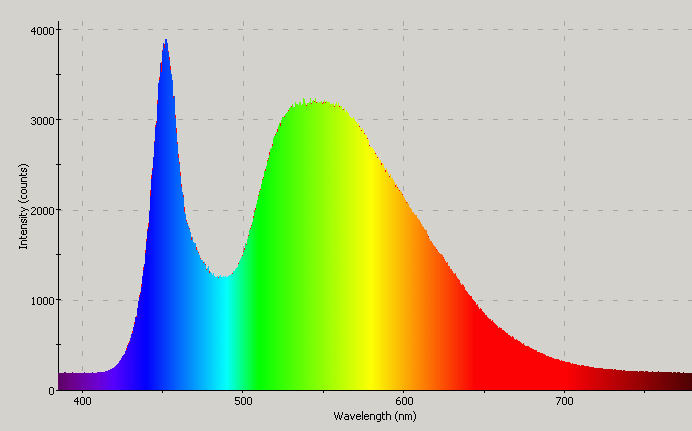
In just a decade, the reddish glow of incandescents has been replaced by a veritable flood of “blue-rich” light sources around us after sundown. It’s little wonder we’re feeling the effects of this and looking for some solutions. That doesn’t mean we need to be in a panic about any and all exposure to these sources. Again, if blue light itself was such a heath hazard, the sun would’ve done us all in long ago.
What’s really changed is that we now have a lot of light sources — including, but definitely not limited to, all of our favorite little bits of tech — producing light at the wavelengths that could interfere with our sleep cycles. Messing those up is a very bad idea. So what can we do about it?
Getting rid of all of these blue-light sources would certainly do the trick, but I doubt it’s going to be a very popular option unless you’re looking for a lead role in the next Alaskan-bush reality show. Instead, we’re going to have to come up with some alternate means of peaceful co-existence. The most obvious change may also be one of the most effective: get away from the tech as you get close to bedtime. Put down the phone, leave the tablet on its charger, and resist the temptation to get in one more game of Call of Grand Theft Mario before you turn in for the night.
The most obvious change may also be one of the most effective: get away from the tech as you get close to bedtime.
You really don’t need to take the tech to bed with you. Many people like to read a bit before going to sleep, but there are these things called “books,” which emit little if any blue light. Some e-readers also use reflective displays which don’t have any blue-light emission.
Apart from those, there are other solutions which still let you keep the tech but do away with the blue light. These come in two main forms: filters (including eyewear) that cut out the blue wavelengths of light, preventing them from ever reaching your eye and causing trouble, and some apps which simply cut back on the amount of blue light your devices produce.
The problem with eliminating all the blue light, is it will create a very noticeable yellow tint (which happens when “white” light loses its blue components). The less yellow tint you see, the more blue gets through to your eyes (even then, a reduction in blue light may be all you need). Obviously anything that changes the color balance of what your screens produce or your eyes receive isn’t going to be great for color accuracy. If you need accurate color, you’re just going to have to do that work during the day (or surrender and adjust to the night shift permanently).
None of this addresses the potential problem of growing LED use in home lighting. Not all LED lighting has to have this problem though. Light fixtures with RGB LEDs which permit their color adjustment can, of course, be set to provide a “warmer” (less blue) color balance whenever desired. The standard LED bulb, though, produces a veritable ton of blue light whenever it’s in use. So even if you limit your device usage at night, you’ve still got a problem.
There’s still no evidence of a direct health hazard, but sleep-cycle disruption may be a distinct possibility. The one potential saving grace here is that we don’t generally look directly at such overhead sources, instead mostly seeing their light reflected from surfaces which may absorb a good deal of the troublesome short wavelengths. If you find yourself having difficulties in getting to sleep, limiting nighttime exposure to this sort of lighting is also something to think about.
How concerned are you by blue light? What steps do you take to limit your exposure?